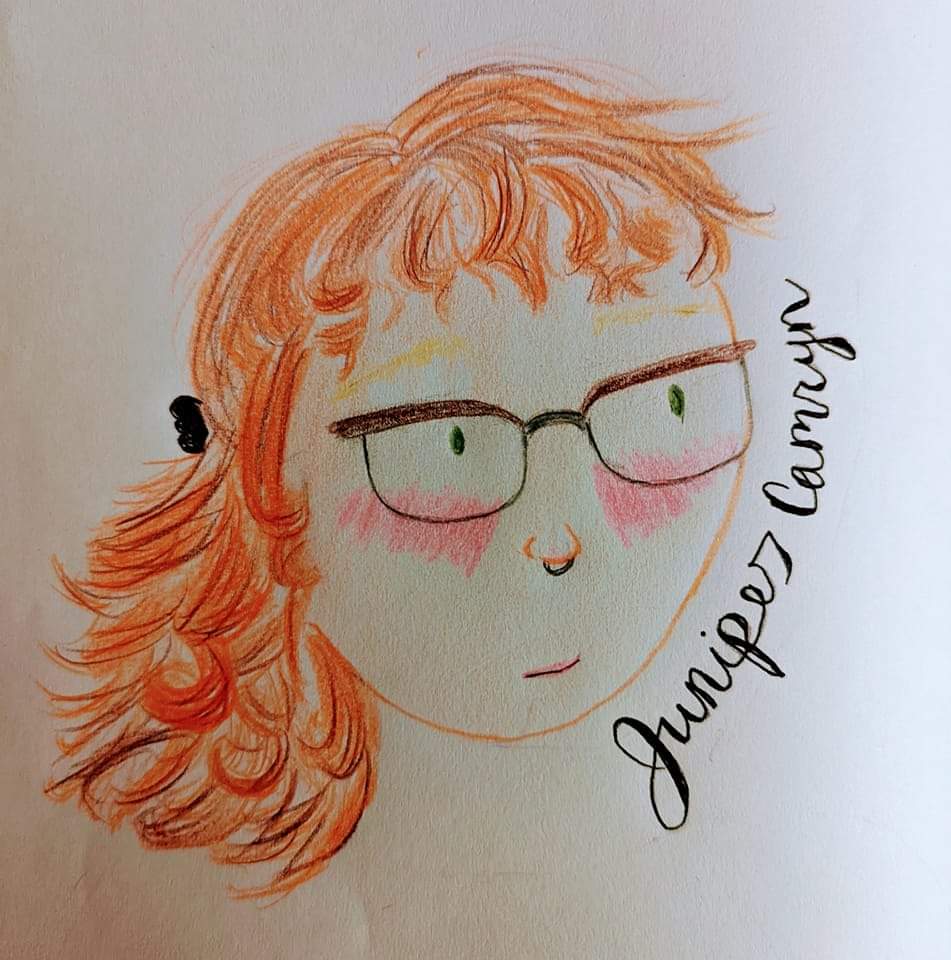
Temperance is a virtue of self-restraint and moderation. The Temperance card is a profound one, and the first thoughts that come to mind when sitting with it today were not moderation or self-restraint, but of realization, awakening, wholeness, transformation, and healing. If you consider Temperance in the sense of the verb “to temper,” as in to act as a counterbalance, it might make more sense, however.
Temperance comes after the Death card.
Temperance is part of one of my favorite sequences in the tarot- the sequence of The Hanged One, Death, and then Temperance. The Hanged One is about meditation to open oneself up to a different perspective, a perspective that is more whole, and cosmically-oriented. Then Death comes in. One of the very first times I sat with the Death card (in my RWS deck), I remember being pulled in by the scene of a man’s death, two relatives- I assume a wife and child- begging Death not to take him. A priest prays over him. A sense of calm and relief passed over me, as all the other emotions washed through. Witnessing this death, we come to understand and accept its inevitability.
When we talked about the Death card, we talked a lot about surrender.
Here in Temperance, surrender ties in as an important theme.
Surrender is the catalyst for true and lasting change.
This theme has been popping up in my life a lot lately. I’ve been reading it in articles, books I’m reading, classes I’m taking- and at my son’s one-year birthday I recalled how surrender played a crucial part in my labor even. I reached a point where I had to accept the unbearableness of the pain and when I came to accept it, in spite of all of the fear and dread, the moment passed- and I was ready for the final phase of labor. It was in that surrender that, in the most literal way, my body opened up and prepared for the passing of my child. Its likely no coincidence this phase of labor is called transition.
Temperance is the other side of acceptance and surrender.
Maybe this is where we can see why Temperance is about self-restraint and moderation. We can’t counter-balance something we don’t know, or something we deny. We cannot change a situation we refuse to look at or accept. We can suppress it, deny it, avoid it- but the sad thing, the funny thing, the frustrating thing, is that it’s not going to go away unless we accept it.
That seems like a paradox though, doesn’t it?
It’s not.
We can’t accept something because we want to get rid of it. As long as that is our motive we won’t truly be accepting it.
So here’s how that works: our motive can’t be to cast away, but to embrace, the way the soil embraces our bodies as we disintegrate, the way the ocean embraces the shore, the way a raging fire embraces all it touches. Our perspective shifts from one of seeing an obstacle, to one of seeing the truth.
The truth is in front of you, and time keeps going, so reality continues to play out. You fall into disharmony when we resist the truth, when we resist what is. So, surrender. Accept it. Whatever it is. Whatever change or transformation or loss that you don’t want to be.
When we see something for exactly what it is, we come back into harmony, we are back in our bodies, back in the truth, where we can act.
Then comes Temperance, the peace of acceptance, a breath of new life. The sunrise. Thick and lush green grasses emerge, yellow flowers bright like the sun signaling the return of light after a time of darkness.

In both The Wild Unknown and The Wanderer’s tarot the Temperance card shows water falling into a fire, a symbol of the free flow of emotion into the fires of transformation. The Wild Unknown card looks as if the heron is shedding tears, showing the ways the grief of the Death card gives rise to this transformative process. Water turns to steam, turns to clouds, that will rain down once more. The cycle continues.

Temperance is the flip-side of Death. Temperance is the healing and growth that comes after a period of intense pain, upheaval, and grief. Temperance is the peace of wholeness, of integration, of acceptance. Temperance is wisdom, embodied, gained through experience. Temperance is the natural resolution to grief that we have allowed ourselves to move through.
Temperance tells us a story, of the natural cycle of things- of pain and pleasure, of death and life, of loss and gain, of decay and of growth.
A prayer, from Temperance: May we be whole. May we move through our grief with ease. May we enter a state of acceptance and surrender gratefully. May our tears fall upon the decay of a time now passed, and may the rising light bring forth all of the wondrous potential, and immense beauty of our true selves.
